As an increasing number of greenhouses opt for supplemental lighting to create balanced light conditions year-round, agtech company Hortinergy allows greenhouse builders to simulate the energetic ramifications of different supplemental lighting installations. While the company’s advanced greenhouse energy and climate simulation software has numerous features, director Vincent Stauffer explains that light simulations are becoming increasingly important to Hortinergy’s clients.
“It used to be that few growers were using supplemental lighting. Now, more and more people are using lights and thus Hortinergy’s light simulation feature. It allows us to simulate the electrical consumption in a lit greenhouse and calculate its impact on the greenhouse climate,” says Vincent. “For example, an HPS light produces lots of heat which will impact the heating requirements for the cold months and the cooling load during the summer.”
The supplemental lighting module in the Hortinergy software allows users to simulate 100% LED, 100% HPS, and hybrid lighting systems. By inputting the greenhouse location and targeted daily light integral per month, users receive reports of the expected solar radiation, the required supplemental lighting according to setpoints, the resulting energy consumption, and the impacts on greenhouse climate.
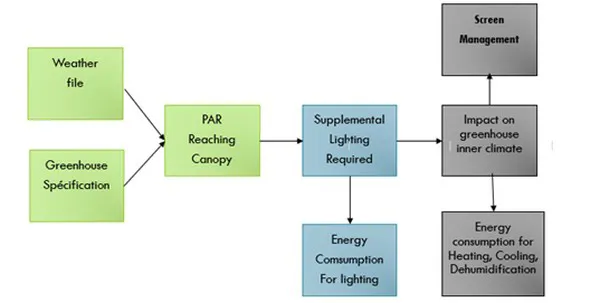
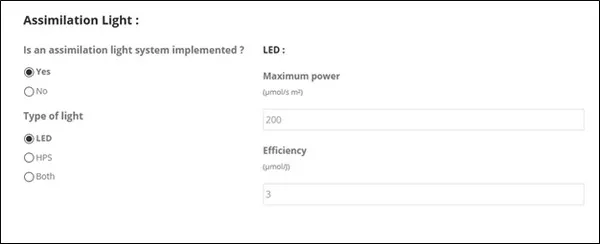
“Hortinergy considers the greenhouse location, size, orientation, screens, and glazing materials to predict light levels at the canopy level. We then calculate the supplemental lighting required to meet target values. No other software does this as well as Hortinergy,” says Vincent.
Running light simulations allows greenhouse builders and growers to design lighting systems that optimize growth, reduce the return-on-investment period, and improve energy efficiency. Similarly, Hortinergy can be used to effectively predict the impact of blackout curtains on energy efficiency and greenhouse climate; this has proven especially interesting for growers in Kingsville and Leamington, Ontario, where recently enacted light abatement bylaws have many growers concerned over the impact on greenhouse climate.
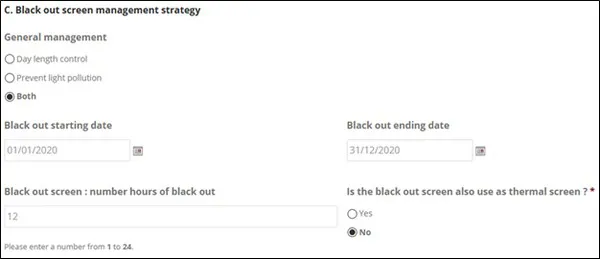
Hortinergy simulates your project on an hourly basis for one year as a virtual greenhouse, providing growers with the:
- Solar radiation transmitted through the transparent cover and reaching the canopy
- Supplemental light required according to the regulation settings (mol/m²/day):
- Daylight integral (DLI),
- Fixed monthly schedule
- Electricity consumption
- Impact on indoor climate and energy consumption: heating, cooling, dehumidification.
The reports are generated as a PDF file with typical daily and monthly values summarized in tables, and an Excel file with hourly data for further analysis.
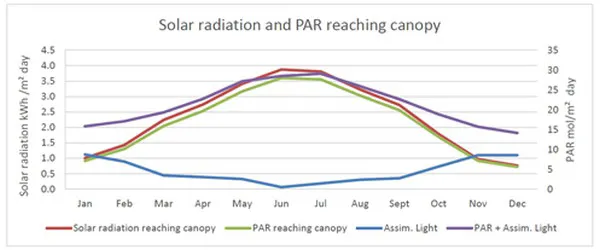
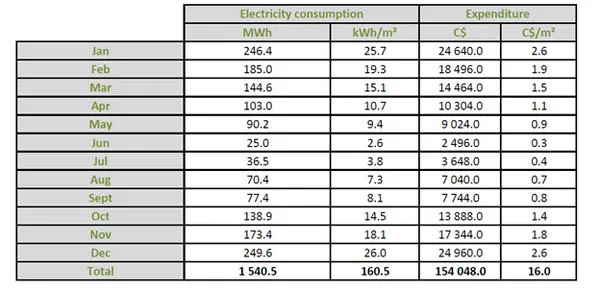
The graph below shows the transpiration when LED lighting is switched on from 6 PM to 1 AM, requiring controlled ventilation during this period to dehumidify.
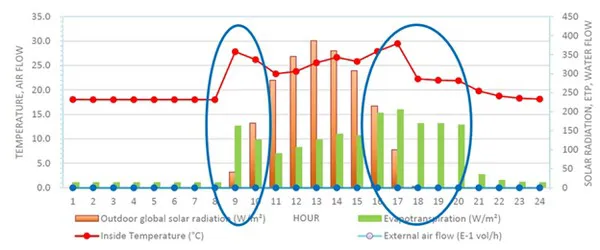
Hortinergy’s advanced software is available in four different offers ranging from a starter pack (ideal for growers, to evaluate multiple scenarios for a single project) to a classic pack, an expert pack, and an unlimited annual subscription. These offers include Hortinergy’s suite of adjustable parameters, far beyond only supplemental light, providing users with a holistic view of greenhouse energy and climate. These parameters include, but are not limited to, greenhouse types, covering material, screens, heating and cooling systems, and climate and crop settings.
For more information: 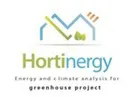
Hortinergy
[email protected]
www.hortinergy.com
